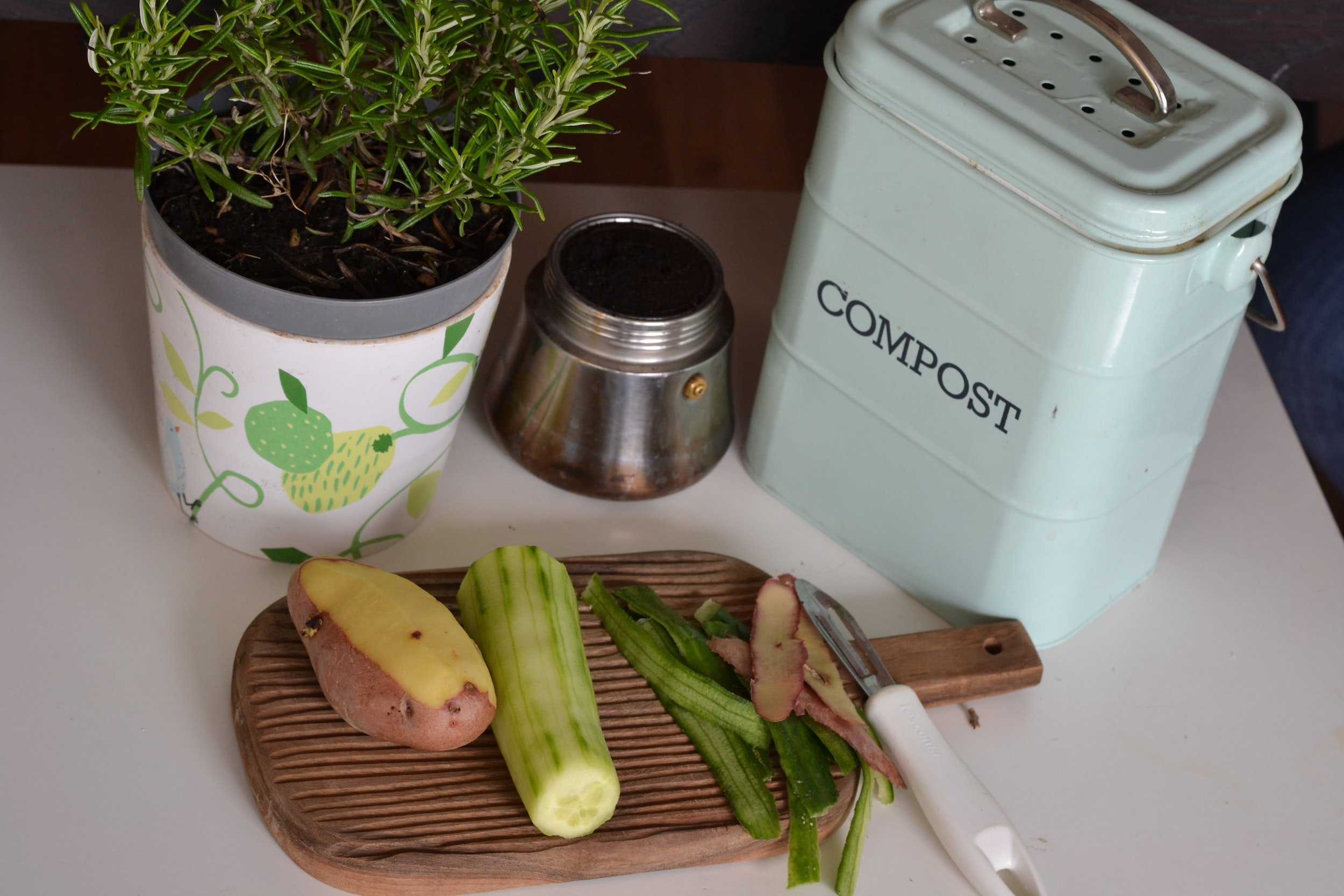How to Reduce Food Waste - Part II
Welcome back for more food waste-reducing tips! If you haven’t already, check out last week’s post about the causes and impact of food waste and tips for reducing food waste while grocery shopping. Today, I’ll share my best tips and tricks for reducing food waste at home by planning your meals, storing food properly, and knowing what to do with food that’s about to go bad.
Food waste at home
It has been found that two-thirds of the food wasted at home is because the food went bad before it could be eaten. Here are some common ways that food is wasted at home:
Purchasing lots of fresh fruits and vegetables to eat, then not actually eating them before they spoil.
Cooking a meal with leftovers but not eating the leftovers.
The pantry, fridge, and freezer are not organized so you don’t know what foods you have or when they are going to expire.
Confusion about food “best by,” “sell by,” and “use by” dates.
Meal planning
Some of the best ways to avoid the abovementioned problems are to plan your meals each week.
The day before you plan to grocery shop for the week, survey your pantry and fridge. Plan your meal for that night with anything that is close to expiring. Soups are great for using up any leftover veggies, grains, or beans.
You can also check your freezer for any meats or other items you want to use in next week’s meals. Create your grocery list with any of these items in mind.
If you struggle to prepare meals and snacks during the week, consider doing some meal prep as soon as you get home from the grocery store to ensure the foods you just bought will not go to waste. You could try chopping fruits and veggies and storing them in containers or make a big batch of rice or chicken to eat for the week.
Invest in some good food storage containers and prepare double batches of meals like soup or chili. These items freeze well and are great for nights when you don’t have time to cook.
Food storage
Storing food properly is key for ensuring that it lasts. Here are some ideas:
After you grocery shop, always put away the newest items in the back of the pantry, fridge, or freezer and move older items to the front.
Many foods need to be kept in a cool dark place to last, such as oil, nuts, potatoes, onions, garlic, and canned goods.
Use the humidity controls in your fridge. Some produce needs low humidity, such as apples and pears. Others need high humidity, like leafy greens and strawberries. Check out this great resource for a full list of which produce is best suited for which humidity drawer.
Flour, nuts, and seeds can all be stored in the fridge or freezer to increase their shelf-life.
Knowing when foods expire
How do we know when food expires? It may smell bad or get moldy, but sometimes we throw away foods that are actually still perfectly good. According to the USDA, dates listed on food packaging help us know when food is of the best quality. “Best if used by” or “sell by” are examples of what you may see listed on a package, but just because the food is past the date doesn’t mean you should immediately throw it in the trash. The USDA recommends inspecting foods before eating them and before throwing them out if they are past the date; often if a food is stored properly it may last past the date listed on the package, thus helping to reduce food waste.
More simple tips
Here are some other ways to use up foods that are past their prime:
Make banana muffins with overripe bananas.
Peel and freeze overripe bananas and use them in smoothies.
Freeze your yogurt! The consistency changes, but you won’t taste a difference when it’s added to smoothies.
If you can’t finish an entire loaf of bread before it gets moldy, store all or half of it in the freezer and just take out what you need. It tastes the same once it’s been toasted!
Save veggie scraps in a gallon-size Ziploc bag then make vegetable broth once your bag is full.
Save bones from turkey, chicken, or steaks and make bone broth.
Use every part of the food whenever you can. For example, you can save the green tops of carrots and make pesto!
And last but not least, try composting any leftover food scraps. Check with your waste service provider to see if you can compost, get a worm composter for your garden bed, or consider investing in a composter for your yard.
As you can see, there are numerous ways for us to reduce food waste at home. It’s better for the environment and for our wallets to spend some time planning meals and storing food properly so that it can last until we’re able to eat it. What other ways do you like to reduce food waste?





